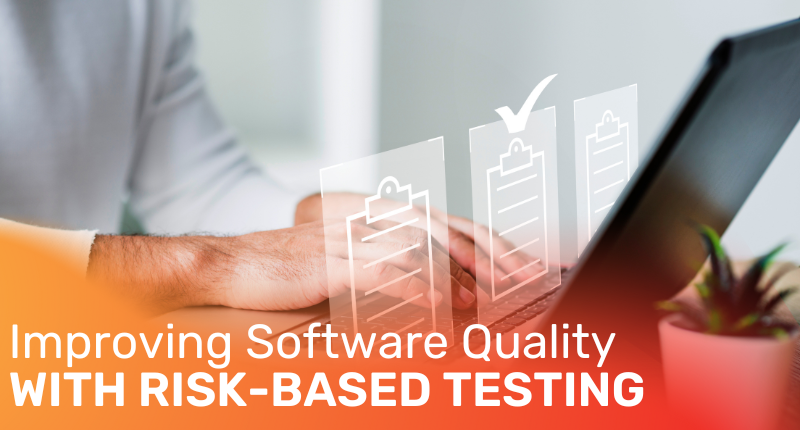In today’s dynamic software development sphere, achieving impeccable software quality is the ultimate goal. Yet, traditional testing methods often lead to protracted timelines, inflated budgets, and limited coverage. Enter risk-based testing, a strategic approach reshaping how we ensure software excellence. In this comprehensive guide, we’ll delve deep into risk-based testing, exploring its nuances, embracing its benefits, and illuminating its real-world applications, tailored for professionals at every level.
Understanding Risk-Based Testing: A Strategic Gamechanger
Risk-based testing, a targeted methodology, channels testing efforts toward pivotal aspects of a software application. By astutely evaluating and prioritizing risks associated with both functional and non-functional attributes, this method optimizes test coverage where it matters most. The goal? Detecting and resolving potential issues early in the development cycle.
Strategic Advantages of Risk-Based Testing:
1. Optimized Resource Allocation:
By honing in on high-risk areas, testing resources are utilized effectively, saving precious time and effort. This focused approach ensures early detection of critical defects.
2. Accelerated Time-to-Market:
Risk-based testing streamlines the testing cycle, enabling rapid software releases. In today’s agile development landscape, speed is the name of the game.
3. Elevated Quality Assurance:
Rigorous testing of high-risk areas reduces the likelihood of significant defects in the production environment, enhancing overall software quality.
4. Cost-Effectiveness:
Focusing on high-risk zones trims unnecessary testing of low-impact features, leading to substantial cost savings.
5. Enhanced Customer Satisfaction:
With reduced major defects, customers experience seamless software interaction, amplifying satisfaction levels.
Practical Application: Realizing the Power of Risk-Based Testing
Let’s delve into a hypothetical scenario, showcasing the practical application of risk-based testing:
Context: A software team is crafting an e-commerce platform, encompassing product browsing, cart management, and payment processing functionalities.
Risk Assessment:
- Payment Processing: High risk due to potential financial losses and customer dissatisfaction.
- User Authentication: Moderate risk concerning security breaches and customer trust.
- Product Browsing: Low risk as minor glitches may not significantly impact functionality.
Testing Approach:
- Payment Processing:
- Comprehensive testing with diverse test cases covering multiple payment methods and transaction scenarios.
- Rigorous load and performance testing to ensure seamless transaction handling under high volumes.
- User Authentication:
- In-depth security testing to identify vulnerabilities and fortify user data protection.
- User-friendly usability testing ensuring a smooth login and registration experience.
- Product Browsing:
- Essential functional testing confirming core browsing features function flawlessly.
- Fundamental usability testing addressing significant user experience concerns.
This risk-based testing approach prioritizes testing efforts on payment processing and user authentication while conducting essential yet streamlined testing on product browsing, optimizing resources effectively.
Conclusion: Elevating Software Quality with Risk-Based Testing Mastery
Risk-based testing isn’t merely a methodology; it’s a strategic ally in the quest for software excellence. By channeling efforts toward high-risk areas and optimizing resources, teams can expedite software delivery, minimize critical defects, and substantially cut costs. Through our exploration of an e-commerce platform, we’ve unveiled the profound impact of this approach, illustrating how it maximizes testing efficacy and ensures superior software products.




